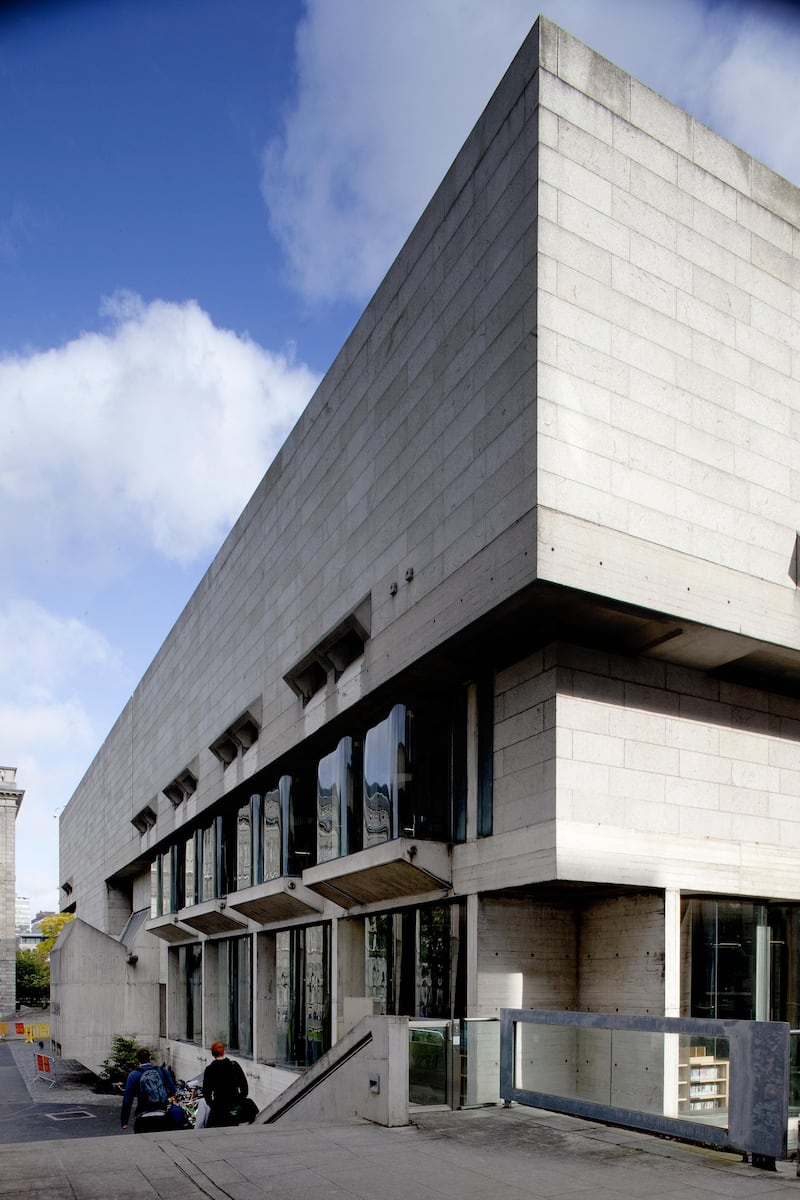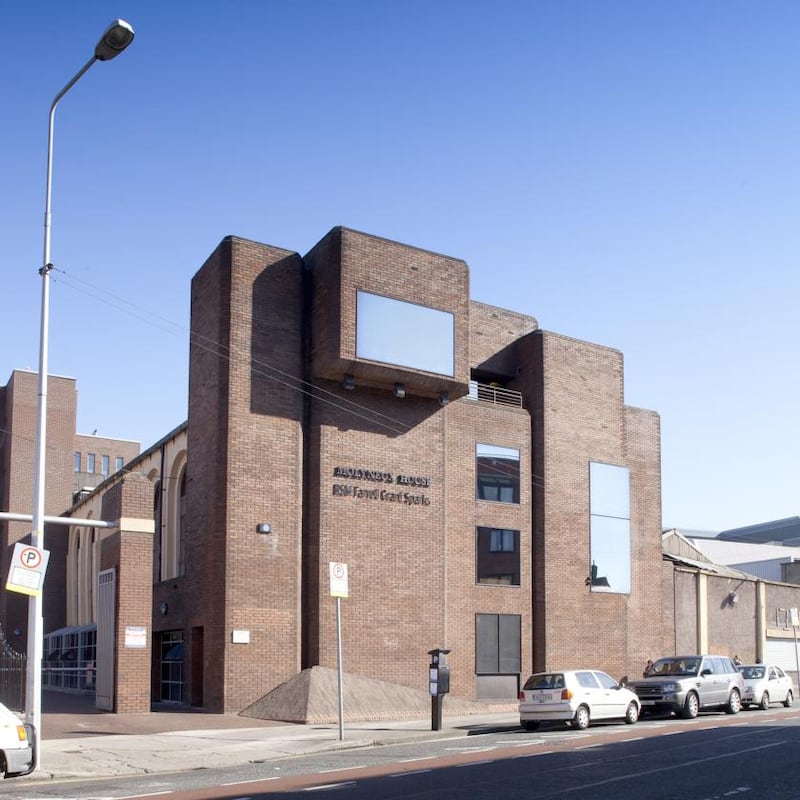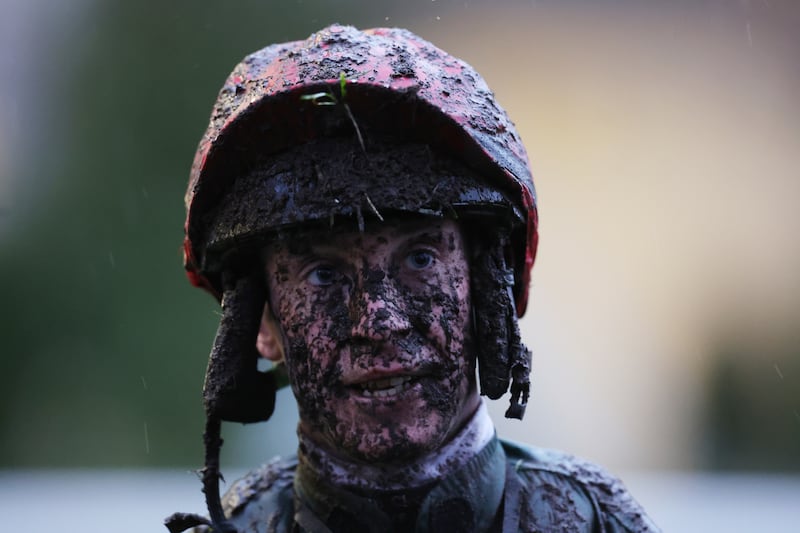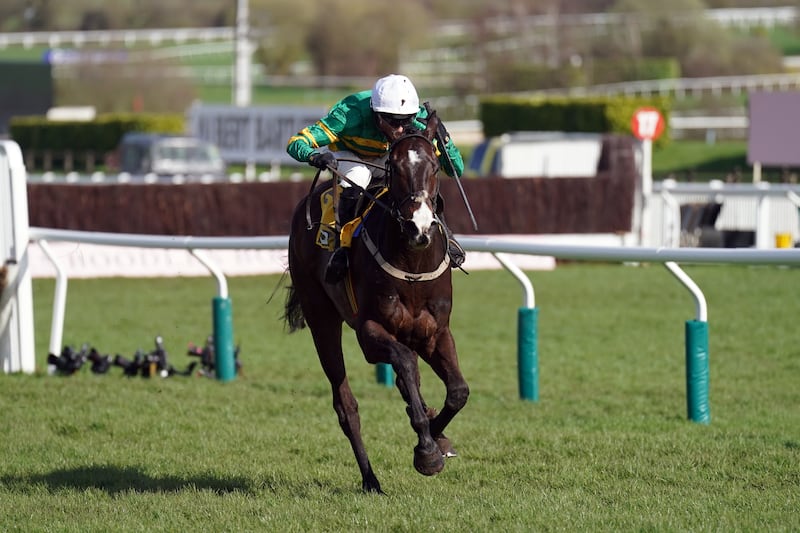Ugly, hated and dated, it can feel as if the years between 1940 and 1970 were wilderness ones in Ireland: decades that taste and time forgot. As our neighbours were rocking out, dropping out, making love and beautiful music, Ireland, it seemed, was bypassed, left swathed in shades of grey.
This seems particularly true when it came to building. Throwing off centuries of colonial oppression meant Georgian architecture could be demolished without regret. The trouble was, its replacement, born of the new spirit of the age, and conjuring ideas of forward-thinking modernism, seemed to equate to plenty of cement.
New materials and ideas, inspired in different cities and climates, translated poorly to Ireland, and problems of site and scale meant we seemed threatened with the worst aspects of some of what was going on elsewhere, with few of the redeeming features. Concrete streaks grimly in the rain, while some designs, borrowed from Modernism and the International Style, only work at skyscraper scale. Inexpertly adapted to Dublin’s skyline, we were left with squat blocks, cut off at the knees.
But wait a moment: many of our now beloved buildings were also once hated. "Gothic" in architecture started out as a term of abuse. Sunlight Chambers on Dublin's Parliament Street, with its wraparound friezes (depicting, charmingly enough, the history of hygiene), was described in its early days by the Irish Builder magazine, as "the ugliest building in Dublin". Built in 1902, it is now held in huge affection. Nothing softens dislike as thoroughly as the passing of time or, to put it another way, it can take some time to get used to the shock of the new, especially when it comes to architecture.

A little more love
Volume two of a series, More Than Concrete Blocks, edited by Ellen Rowley, aims to soften that shock and inspire a little more love and acceptance of some seemingly alarming, or simply ignored, edifices. This edition covers the period between 1940 and 1972, and a flick through its pages reveals details that make me feel more kindly towards city-centre schools, such as Mount Carmel in Dublin 1. Built in 1944 by William H Byrne & Son, its red-brick façade hides warm wood-lined corridors, and a rooftop football pitch.
The American embassy in Dublin 4 (1964 by John M Johansen), a building of which I have always been deeply unfond, turns out to have been inspired by a combination of ring forts and Martello towers and was, at the time, an innovative miracle in pre-cast concrete.
There are some spots, of course, that even time won't soften. The impending demolition of Hawkins House, formerly the head offices of the Department of Health, is certainly a step in the right direction, depending of course on what gets built in its stead. And that's another problem with architecture: its experiments can acquire a hideous permanency, or as Frank Lloyd Wright famously said, "The physician can bury his mistakes, but the architect can only advise his client to plant vines."
Built in 1962, and later voted the worst building in Dublin, Hawkins House was designed by Sir Thomas Bennett, a former director of bricks at the UK Ministry of Works. Bennett was also responsible for a great deal of Crawley and Stevenage in the UK, so one could argue that Dublin got off lightly.
Engagingly written, Rowley's book inspires deeper reading, and from that, some fascinating walks through Dublin's city centre, which is of course her intention. It is also that of Charles Duggan, heritage officer with Dublin City Council, who commissioned the series of publications.
“The hope is,” says Duggan, “that this book will challenge our sometimes narrow concepts of conventional beauty.” His hope, and Rowley’s, is that it will enable conversations and also, perhaps, arguments. As we go on to have a lively disagreement about the relative merits of the American embassy, I start to see their point.
A closer understanding of how and why our 20th-century architecture came into being can create a deeper affection for it. It has, after all, come out of who we are
Rowley also points out an anti-urbanism that had been ingrained in the psyche of many Irish people. “The city grew very quickly from the 1910s to the 1930s,” she says. “People were flung out to the edges, and the city was seen as a dirty, slum-ridden, diseased place. Catholic social teaching was that the rural was a more healthy, moral place to live than the city centre. People say the traditional city was destroyed in the 1960s, but it was a much slower process than that.”
The buildings and public spaces of any city embody, in patchwork, the dreams and desires, as well as the patterns of wealth and power, of each passing era. Part of the agenda of More Than Concrete Blocks is to suggest a closer understanding of how and why our 20th-century architecture came into being and, from there, to come to a deeper affection for it. It has, after all, come out of who we are, and what, at various times, we wanted to be.
Taking a closer look at Dublin through its buildings, there is the older, medieval city, focused both on the river for navigation, and on defensible points. Clusters of housing and streets collect around former industries, such as weaving in The Tenters area of Dublin 8. Then came the Georgians, with their power-grabs through architecture, and the carving up of large estates into wide streets and formal squares. You can see their sense of the importance of order and display, with servants hidden below, or above in attics, and the poor shoved into tenements and hovels out the back.
Then come the self-improving Victorians, with swimming pools, schools and libraries. Finally came our modern era, as a self-governing Republic industrialised, urbanised, and looked around the world to see what architectural influences might be borrowed and adapted. It wasn’t entirely successful. As those decades also included the post-war period, our nearest neighbours were busily throwing up concrete towers, with speed and economy as paramount concerns.
It can become easy to mentally repackage that expediency into a “cheap housing for all” mantra, and before you know it, you’ve built the tower blocks of Ballymun.
More than Concrete Blocks joins Frank McDonald's pair of publications, The Destruction of Dublin (1985) and The Construction of Dublin (2000), along with with Niall McCullough's intriguing explorations in his Dublin: An Urban History (revised in 2007), to provide a brilliant background to the vicissitudes of a city that underwent extraordinarily rapid urbanisation. But take a walk through Dublin's city centre with kinder eyes, and you may start to see more well-intentioned projects.
Blink and you'll miss it walking by, but the New Ireland Assurance building on Dawson Street (by Donncha McCullough, 1961) is a delicate gem. Stay at No 31 (number31.ie) off Lower Leeson Street, originally designed by Sam Stephenson as his pied-a-terre in 1959, and you'll start to agree that there's more fun to this era than originally meets the eye.
There are the urban cinemas, such as The Cabra Grand (now a bingo hall) built by Samuel Lyons in 1946, with its shed-like structure hidden behind an elegant art deco façade. Demonstrating a gorgeous balance between practicality and dreams of drama, you'll see their counterparts in rural Ireland too.

Brick softened concrete
There are places of healing, such as the Dublin Fever Hospital in Cherry Orchard by Alan Hope from 1950, as well as urban housing projects, including Dublin Corporation housing in Crumlin by Donald Tyndall from 1949. Throughout the book, you'll start to spot how brick softened concrete, Portland stone nodded to existing buildings, and architects borrowed notes and phrases from some of the giants of modernism, such as Frank Lloyd Wright, Ludwig Mies van der Rohe, and Le Corbusier.
Nevertheless, there was an Irishness to it all, which Rowley describes as deliberately low-rise (with the exception of Desmond Rea O’Kelly’s 1958 Liberty Hall, and its near neighbour, Desmond Fitzgerald’s 1960 O’Connell Bridge House). “It’s how we built out, into the suburbs, into the edges, to colonise the green fields,” she says. “That seems a very typical Irish way of making.” So too, she adds, is the tale of Busáras: “The story behind its making, the controversy, the Flann O’Brien surrealism in that it’s now partly a bus station and partly the Department of Social Welfare, is very Irish…” I think of the now half-forgotten theatre, dark in the Busáras basement, and I’m inclined to agree.
More Than Concrete Blocks: vol II, 1940-72 is published by Four Courts Press,is €22.45 at fourcourtspress.ie and in shops at €25.00. Volume I is reprinting, and Volume III will be published in 2021
SOME SURPRISING MODERNIST GEMS

Berkeley Library
Trinity College, Dublin 2, 1964-67, by Paul Koralek, ABK
Proving there can be beauty in Brutalism, the Berkeley pulls of the feat of balancing Trinity's Old Library and Museum Buildings, both of which are pretty opinionated buildings in their own right. Crampton cabinetmakers worked on the shuttering for the pre-cast concrete, which was highly innovative in its time.
Guinness Power Plant
St James's Street, Dublin 8, 1946-1949, by Woodhouse and Gibb
Squint and you could almost see the Guinness façade as a set from Fritz Lang's 1927 film Metropolis. Combining art deco with industrial, it's made up of a million Kingscourt bricks.
Inchicore VEC
Emmet Road, Dublin 8, 1953-58, by Andrew Devane, RKD
The architect Andrew Devane had just returned from working with US maestro Frank Lloyd Wright, and you can see elements of Wright's famous house Falling Water in this Dublin school. The building also reflects the State's desire to encourage post-primary education and the learning of trades.

Molyneux House
Bride Street, Dublin 8, 1972-73, by Stephenson Gibney
Remodelling a former chapel, the architects were influenced by Louis Kahn, and the façade hides a gem of a courtyard on what was once the site of a centuries-old bird market. Easy to ignore at street level, step back and see the surprising elegance of its red brick blocks.
Mespil Estate
Sussex Terrace, Dublin 4, 1954-1972, by Coveney, Tyndall Hogan, and Delaney McVeigh and Pike
Built as the ultimate in the new-fangled apartment living, these new city pads attracted considerable attention. An Irish Times report in 1967 described how "the walk-in closet will have special appeal for those highly human, loveable people who need somewhere to hide their failures of laziness…"




















